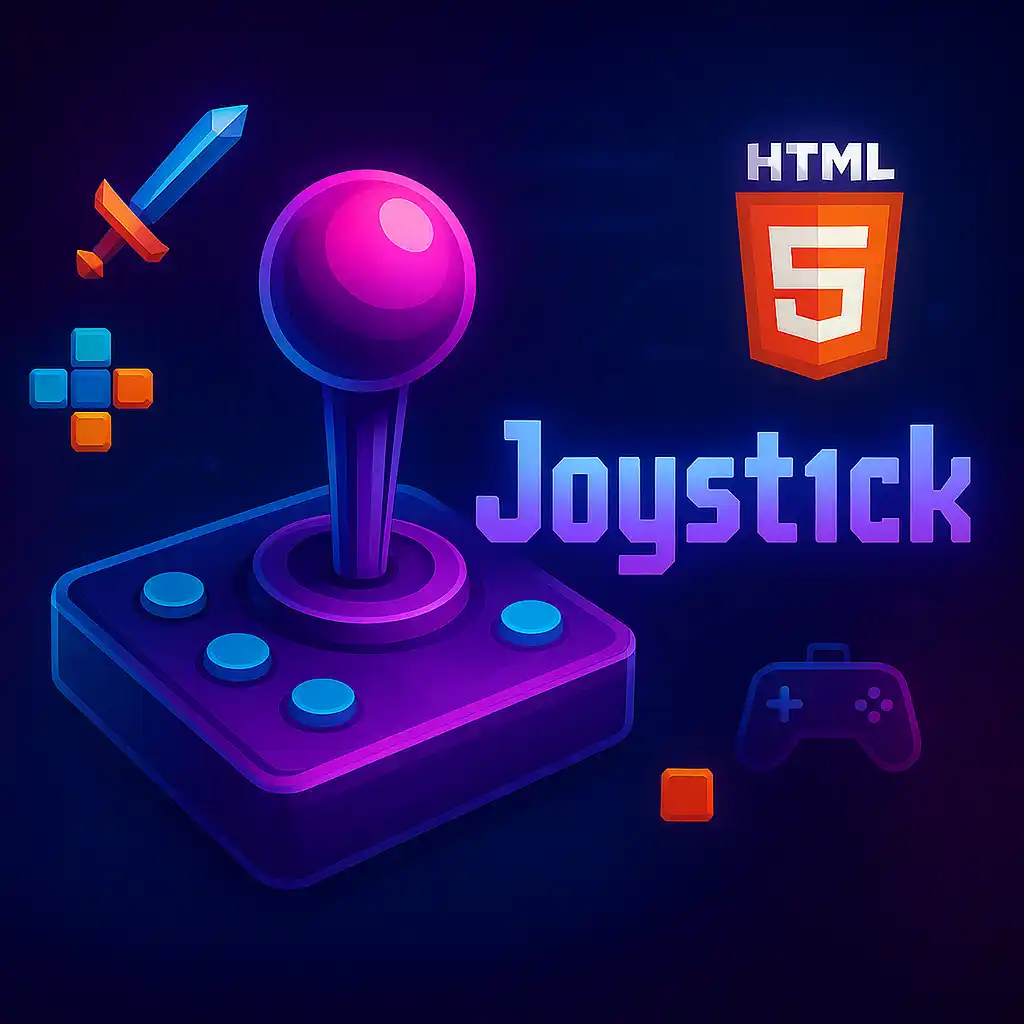Table of Contents
Best Practices for Designing and Importing Sprites into Pixel Art Games
Designing Sprites for Pixel Art
- Consistent Resolution: Choose a sprite resolution that matches the overall resolution of your game. This ensures a cohesive visual style.
- Palette Limitation: Use a limited color palette to maintain a stylistic consistency and evoke classic pixel art aesthetics.
- Grid Alignment: Design sprites on a pixel grid to preserve clarity when scaling or rotating sprites in the game engine.
Importing Sprites into Unity
- Texture Settings: When importing, set Filter Mode to ‘Point (no filter)’ to prevent blurring of pixel art. Ensure the sprite is set to ‘Sprite (2D and UI)’ for the Texture Type.
- Sprite Packing: Use the Sprite Atlas feature to package multiple sprites, optimizing performance and reducing draw calls.
- Pivot Adjustments: Set correct pivot points for accurate positioning and animation.
Importing Sprites into Godot
- Texture Imports: Set Filter and Mipmaps to ‘Disable’ to maintain pixel integrity.
- Tilemap Use: Utilize Godot’s TileMap node for efficiently managing and deploying tile-based pixel art assets.
- Resource Collections: Organize sprites with Resource Collections for effective scene management and rapid asset access.
General Tips
- Sprite Sheet Optimization: Group similar animations in sheets to minimize texture swaps and memory usage.
- Testing on Target Platforms: Regularly test sprites on intended display devices to ensure visual quality and performance.
- Documentation Reference: Consult Unity and Godot specific manuals for updates on best practices and optimizations specific to newer engine versions.
Play free games on Playgama.com
